Savor the summer and pick up a fun and healthy hobby through gardening! With the weather warming up, it’s about time to start planting and reaping the rewards of having your own garden. If you don’t have a lot of yard space, don’t worry. There are easy solutions that will allow you to garden. Here are some tips on how to start a small garden for the summer.
Determine What to Plant
Before you start anything for your garden, you’ll want to determine what you are going to plant. Many first time gardeners get excited at the prospects that gardening has to offer. However, don’t plant too much! It’s better to start small if you’re gardening for the first time. In order to determine what you are going to plant think about what and how much your family will eat. Also, remember the amount that each plant produces. Vegetables like tomatoes and peppers provide throughout the season while carrots and corn only produce once. So plant accordingly!
Here are the best starter plants for the first time gardener:
- Bell Peppers
- Cucumbers
- Green Beans
- Lettuce
- Sweet Corn
- Tomatoes
- Watermelon (if you have enough space)
Determine How Much Space Your Need
For first time gardeners you won’t need too much space, but if you garden every season then you should already know the amount of space you need. Also, if you are tight on yard space don’t worry! Try planting your garden in containers in a place that gets plenty of sun, like a deck!
Pick the Perfect Spot
There are only three basic requirements for a successful garden: a spot that’s full of sun, plenty of water, and great soil. Again, the size of your garden doesn’t matter. If your garden has these three essentials it will flourish! Because you are focusing mostly on warm-season vegetables they need at least 6-8 hours of sunlight. If you don’t have a space that gets enough sun you could always grow leafy vegetables like lettuce or spinach. Water is just as important as sunlight. To make gardening easier on yourself plant your veggies as close to a source of water as possible. However, the most important aspect of gardening is your soil. You’ll want moist, well-drained soil for the best outcome.
Layout Your Vegetable Garden
Your garden’s layout will depend on what type of garden you’ve decided to build. For raised garden beds or containers, you’ll want to make easy plant combinations for easy harvesting due to the small space. Try planting tomatoes with oregano and bell peppers, or arugula with romaine lettuce. Whatever you’ve determined to plant layout your garden accordingly.
Examine Your Soil
Soil is one of the most important things when it comes to a successful garden. Make sure to examine it before you finally plant. Soak the soil and get a handful of soil to examine. Next, squeeze the soil hard. If water streams out, add organic matter or compost to improve drainage. Then open your hand to see how the soil reacts. If the soil doesn’t form a ball or falls apart its too sandy. If a ball holds together and takes a lot of effort to breakdown there is too much clay in your soil. You’ll want the ball to break into cake-like crumbs for the best results.
Plant and Feed
Finally you can plant your vegetables! Plant based on the preexisting layouts you determined and have fun! Once you’re done planting, make sure your veggies get a steady supply of water, about an inch of water a week.
For more in-depth gardening tips, click here! Also, if you’re looking to garden all year long here’s a great garden calendar to follow!
